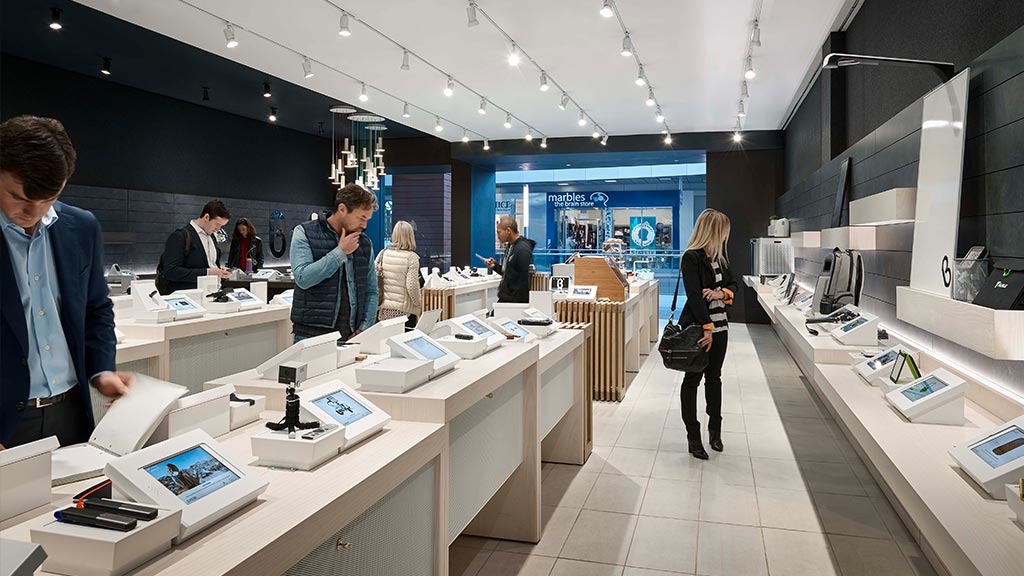Retail & Consumer Experience

Cadillac City, Zurich
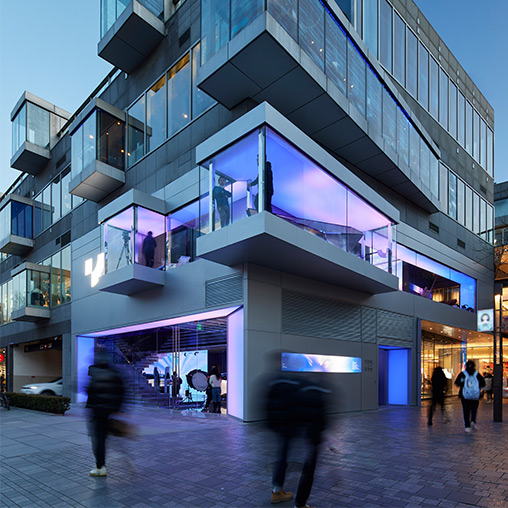
JIDU ROBOVERSE Sanlitun Experience Center
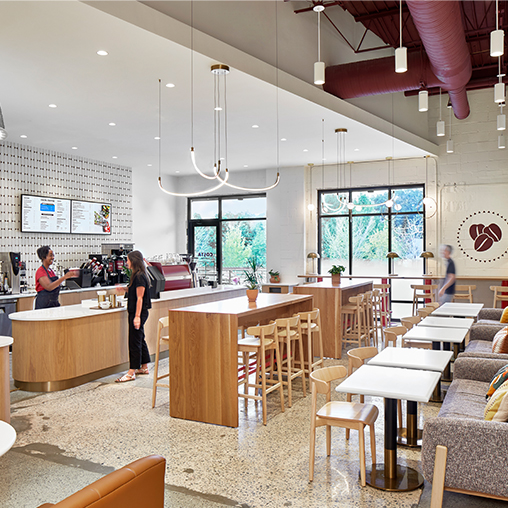
Costa Coffee
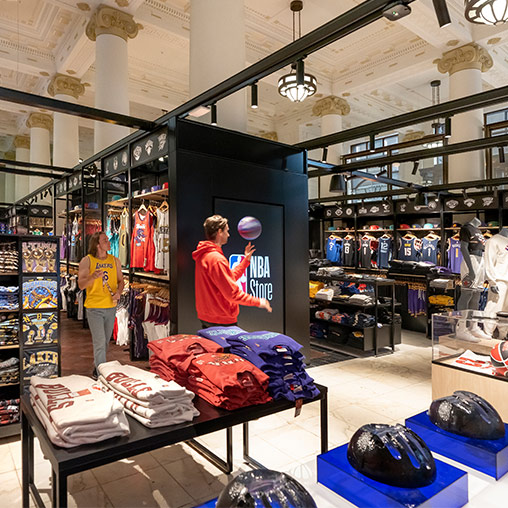
NBA Store Sydney
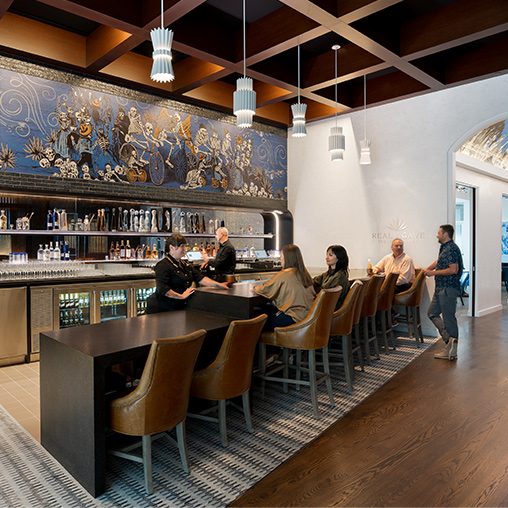
Real Agave
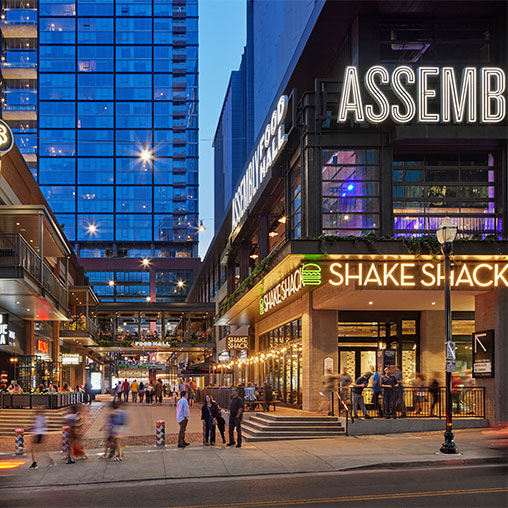
Assembly Food Hall
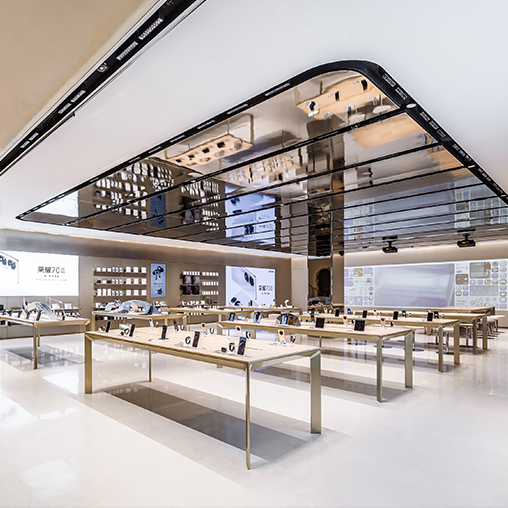
Honor Life Store
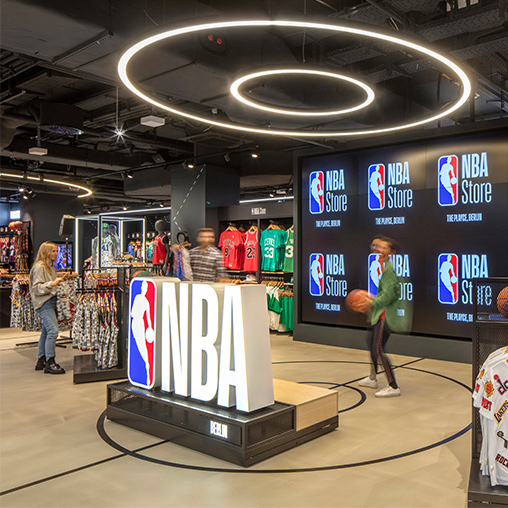
NBA Store Berlin
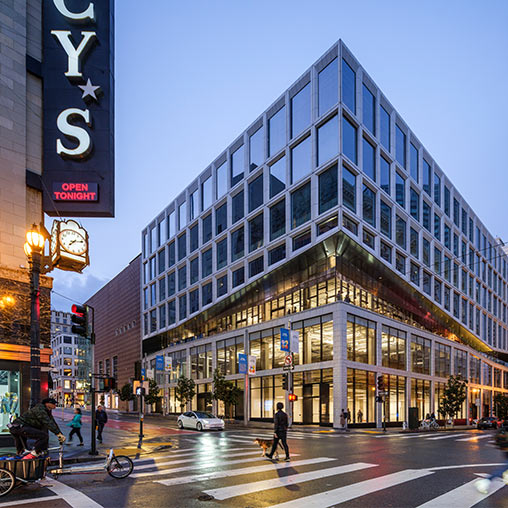
100 Stockton
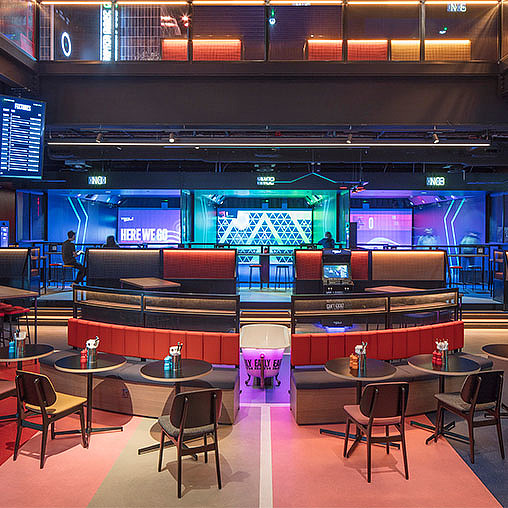
TOCA Social
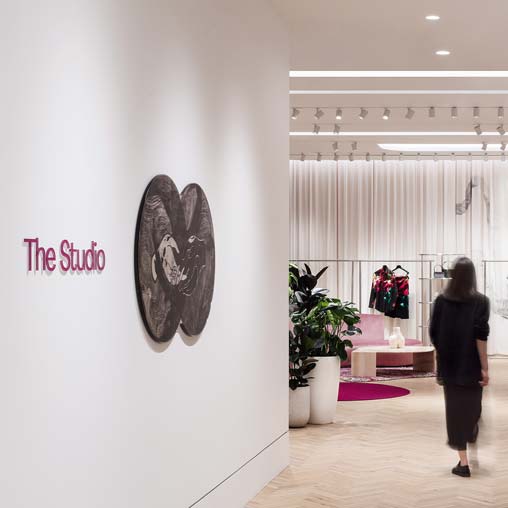
Holt Renfrew The Studio
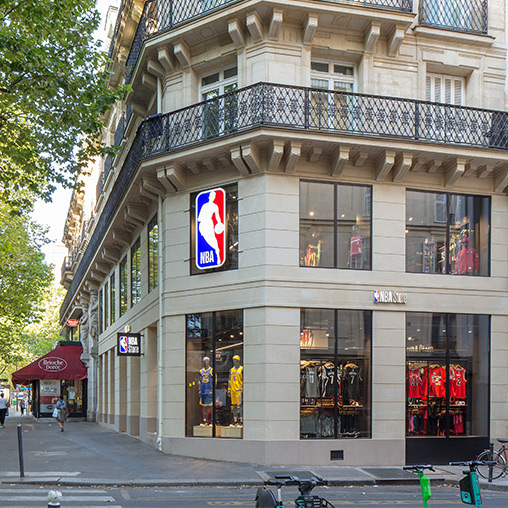
NBA Store Paris
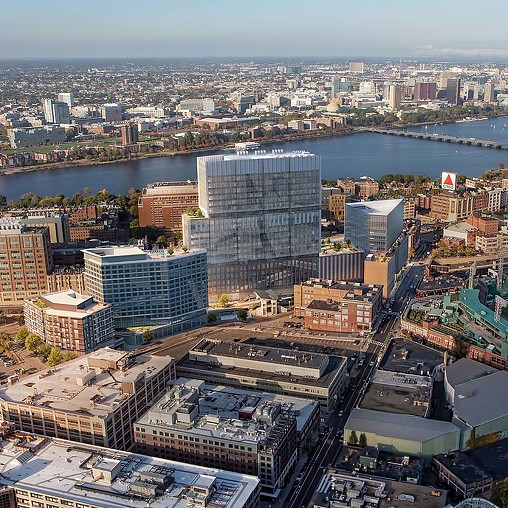
Fenway Center
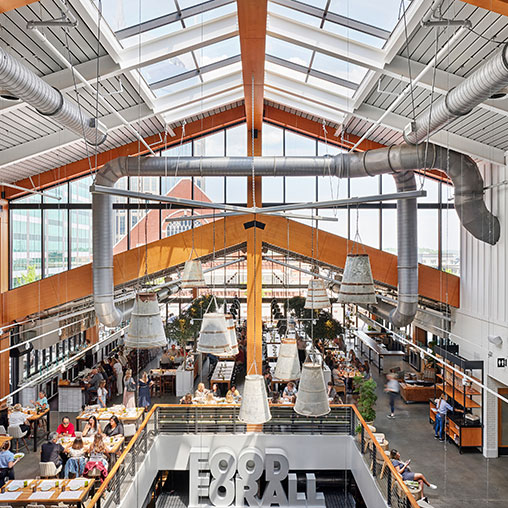
Sixty Vines at Assembly Food Hall
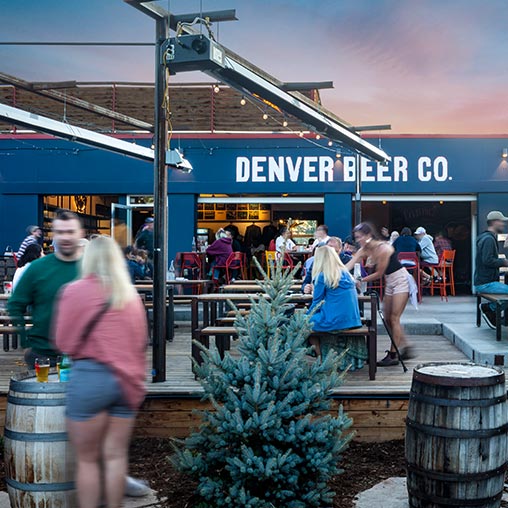
Denver Beer Company, South Downing
Studio M
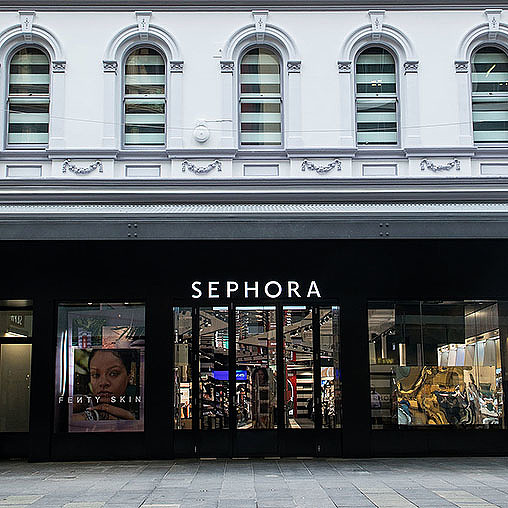
Sephora @ Pitt Street
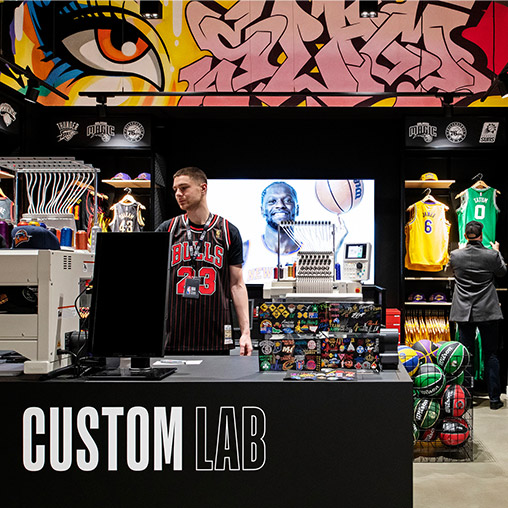
NBA Store Melbourne
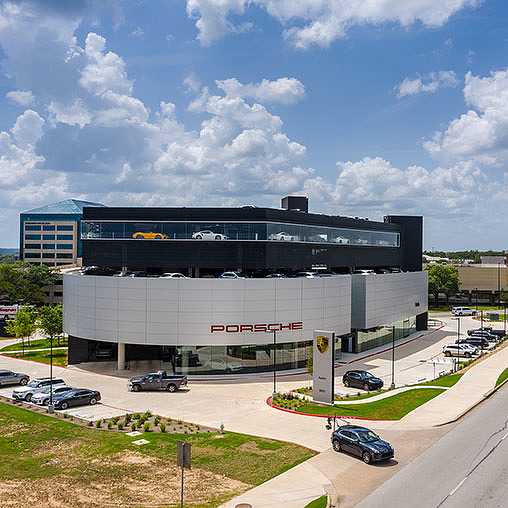
Porsche Arboretum
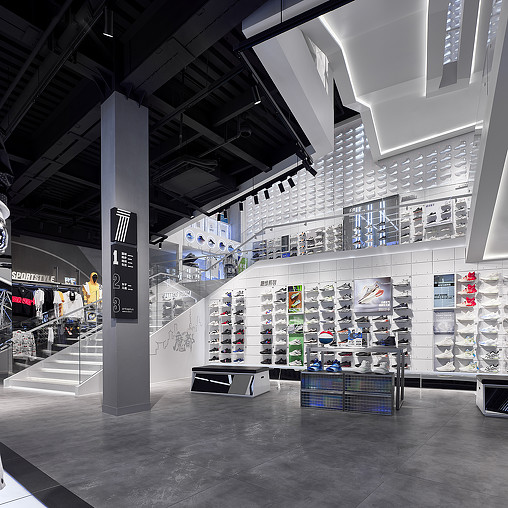
Anta Shanghai Flagship
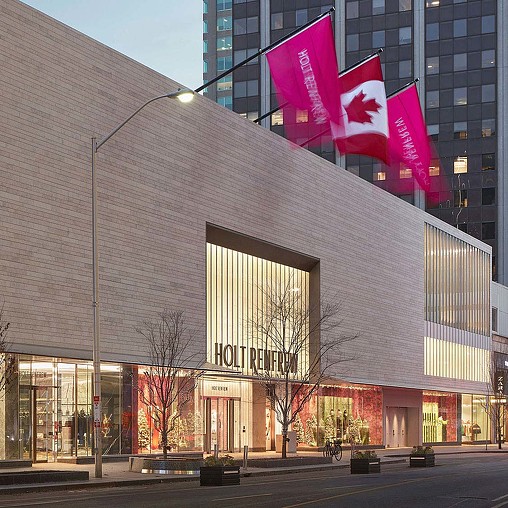
Holt Renfrew Facade Design
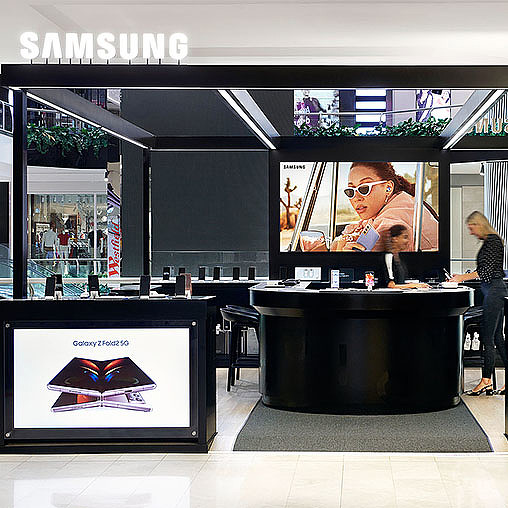
Samsung 2.0
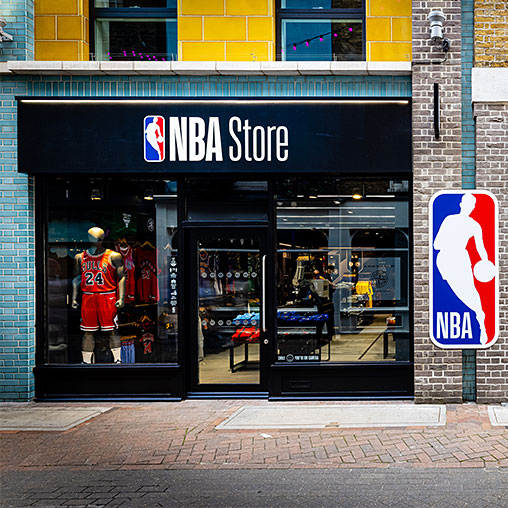
NBA Store London
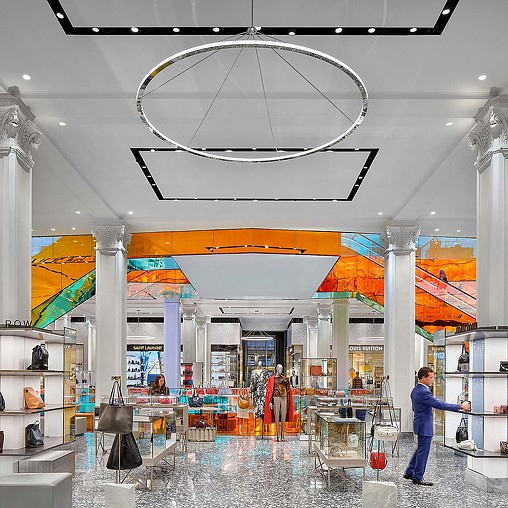
Saks Fifth Avenue Flagship
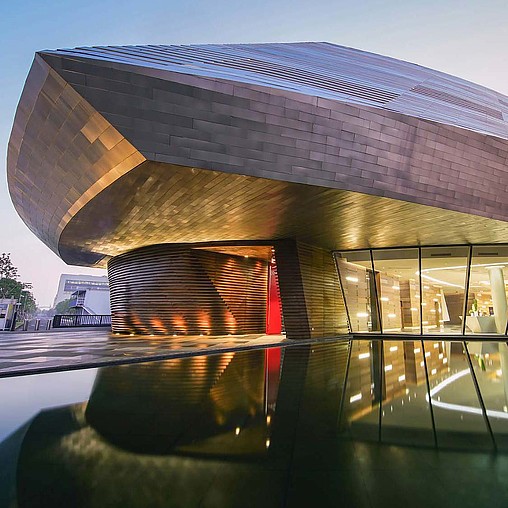
Cadillac House
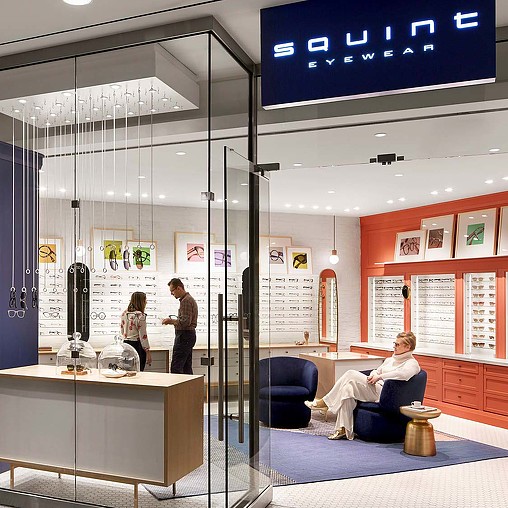
Squint Eyewear
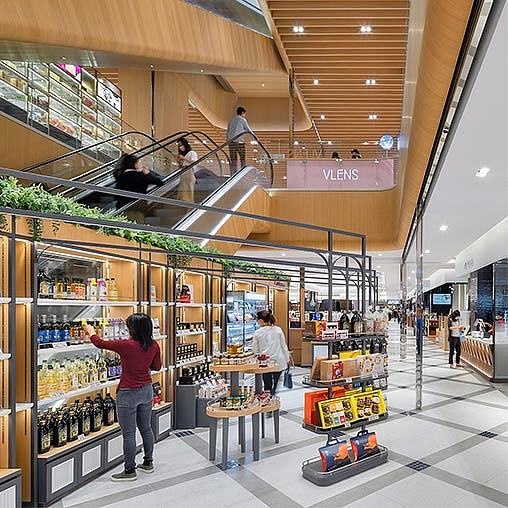
Far Eastern Group A13 Department Store

Retail Design for Better Consumer and Employee Experiences
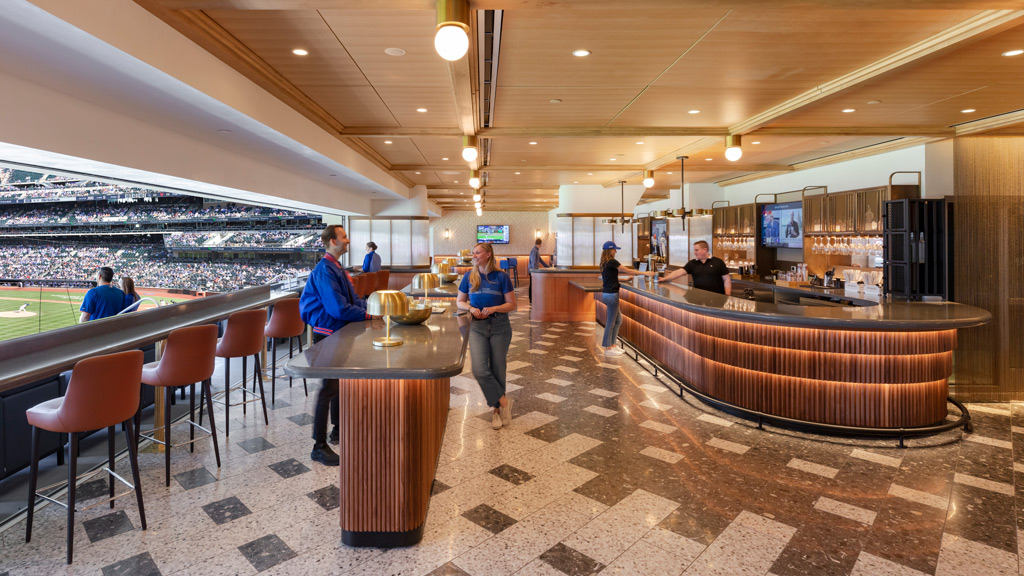
Using Experience Strategy to Design What People Truly Want
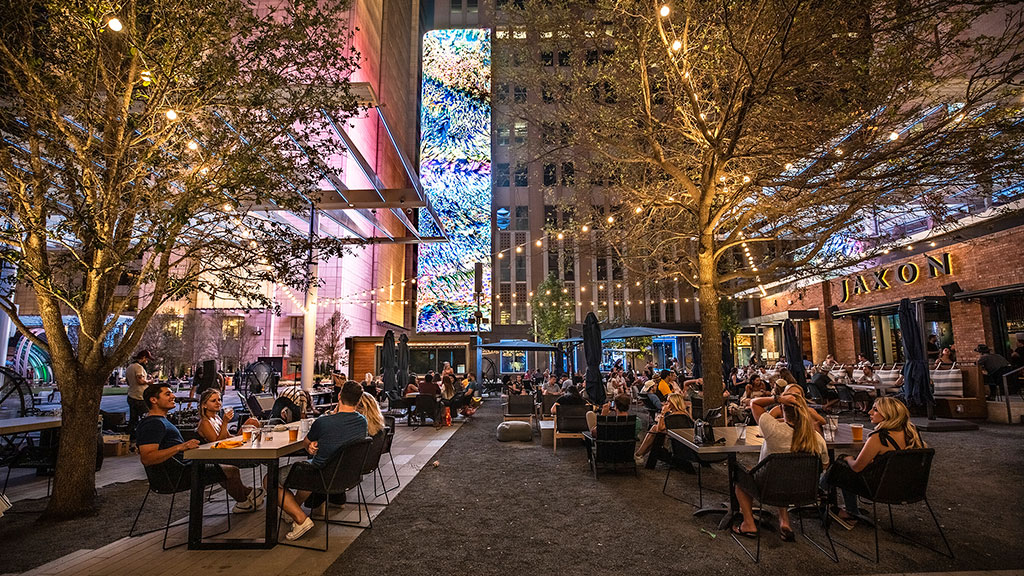
What Makes a Great Retail Experience? Community, Connection, and Exhibition
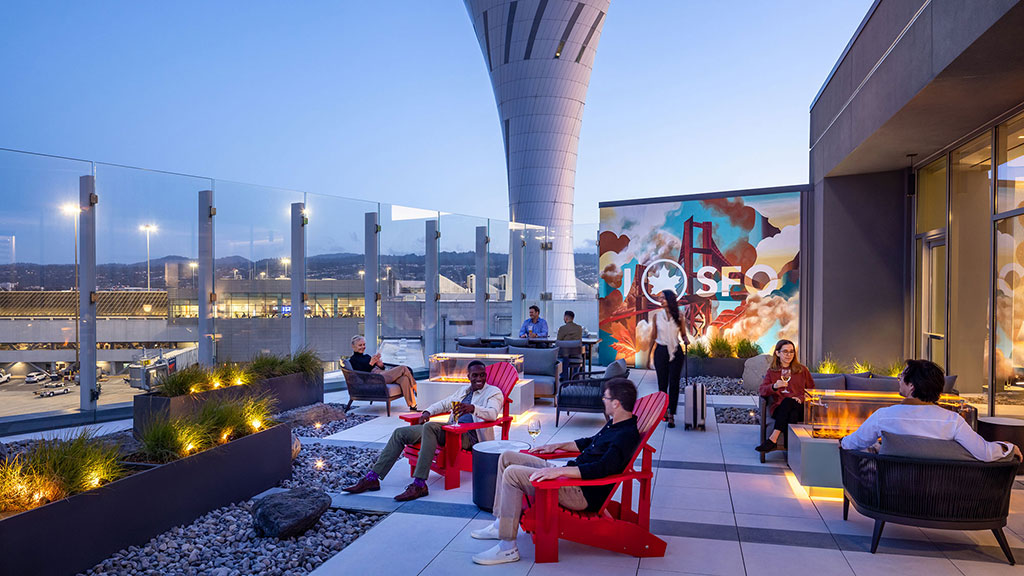
Elevating the Retail Experience: 4 Lessons From Airport Lounge Design
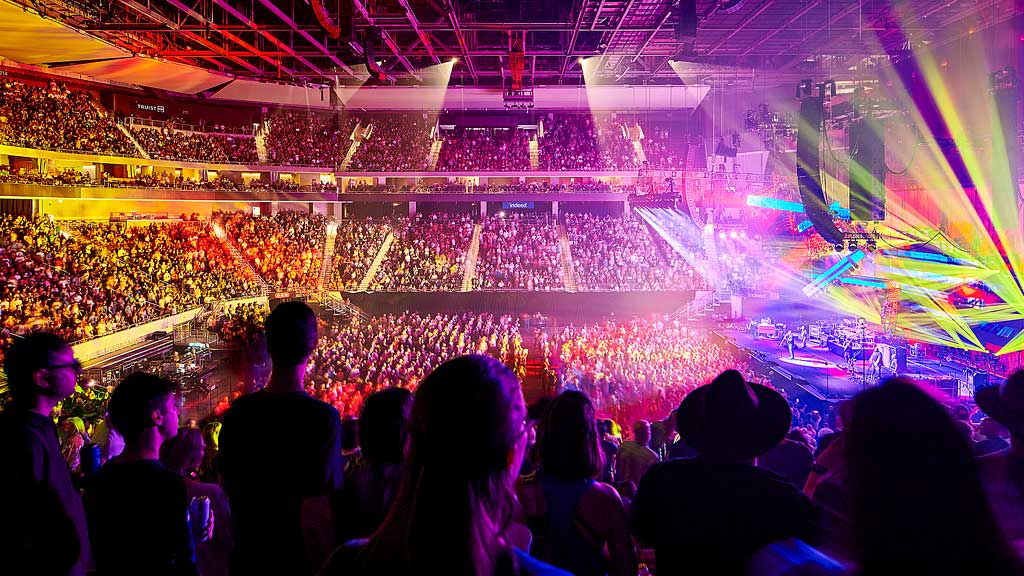
From Stores to Stories: Immersive Experience and the Future of Retail
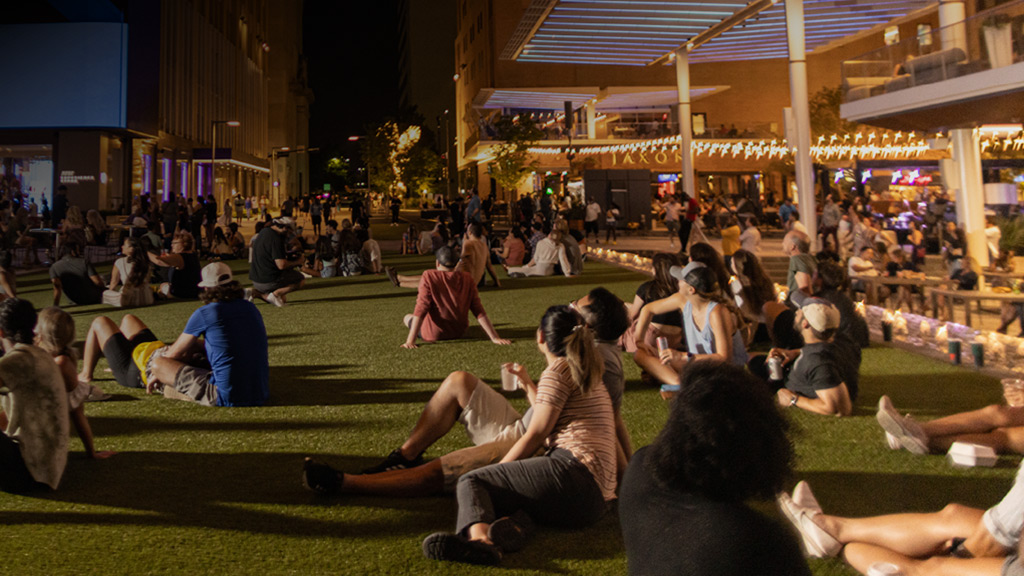
Magnetizing People & Places Through the Power of Brand
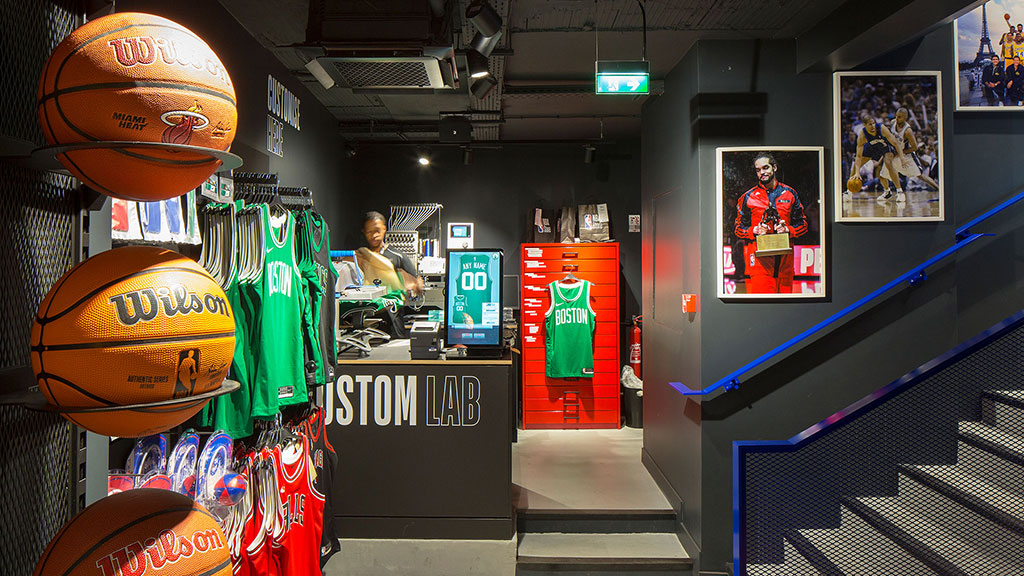
Why Brand Fleets Are Key to Creating an Engaging, Multiplatform Experience
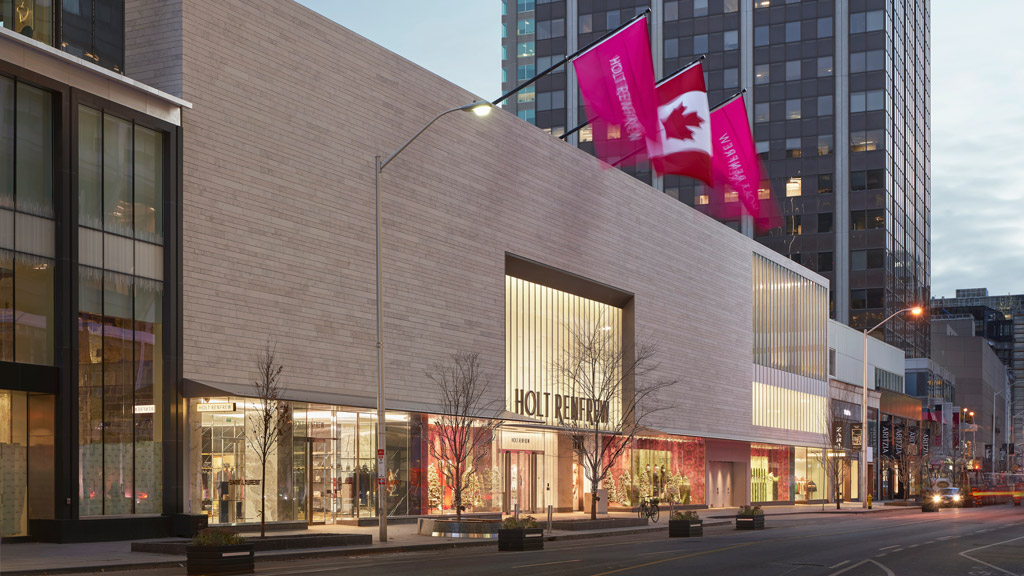
Implementing Sustainable Design Strategies in the Retail Environment
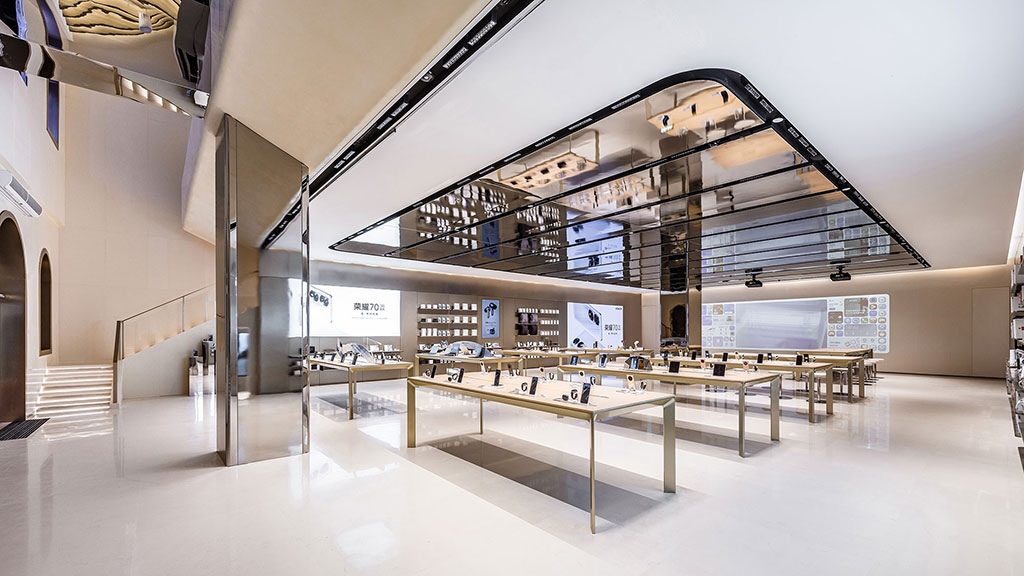
China’s Honor Life Store Shows How Retail Design Acts as a Cultural and Brand Lens
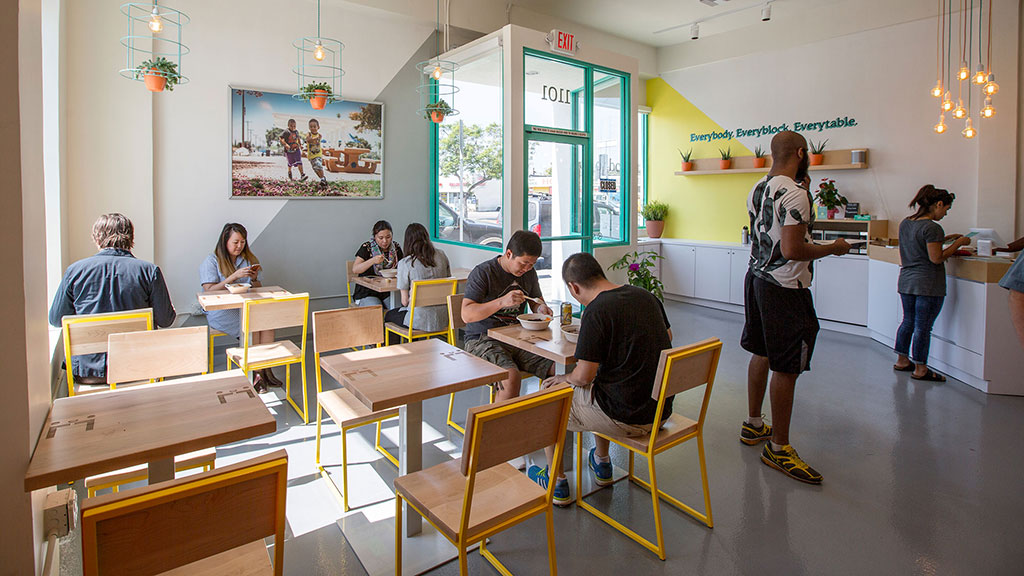
Hybrid Retail: 6 Principles for Meaningful Customer Engagement

What the Workplace Sector Can Learn From Retail’s 20+ Years of Designing Hybrid Experiences
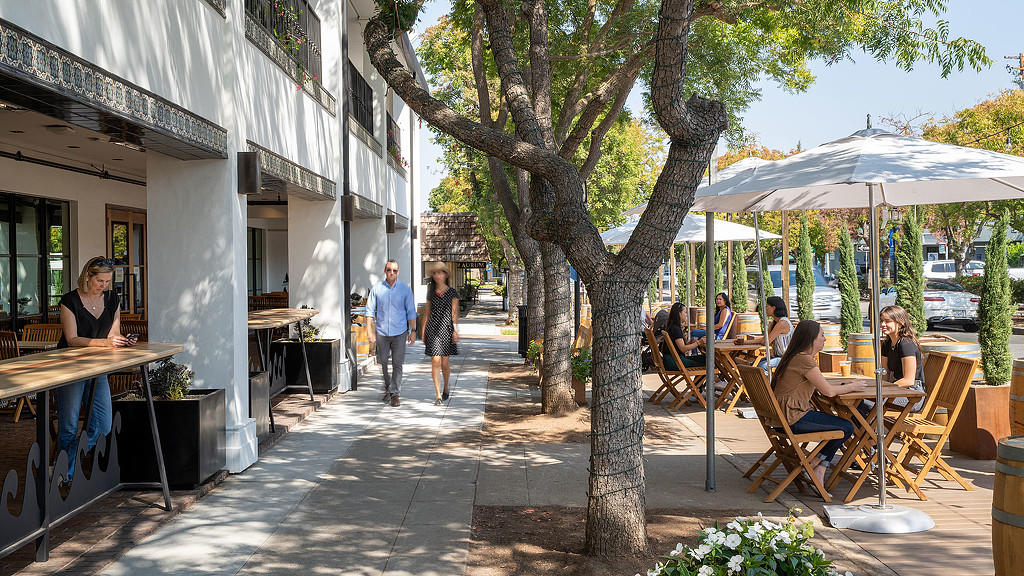
Adaptive Reuse Brings New Vibrancy to Silicon Valley’s State Street Market
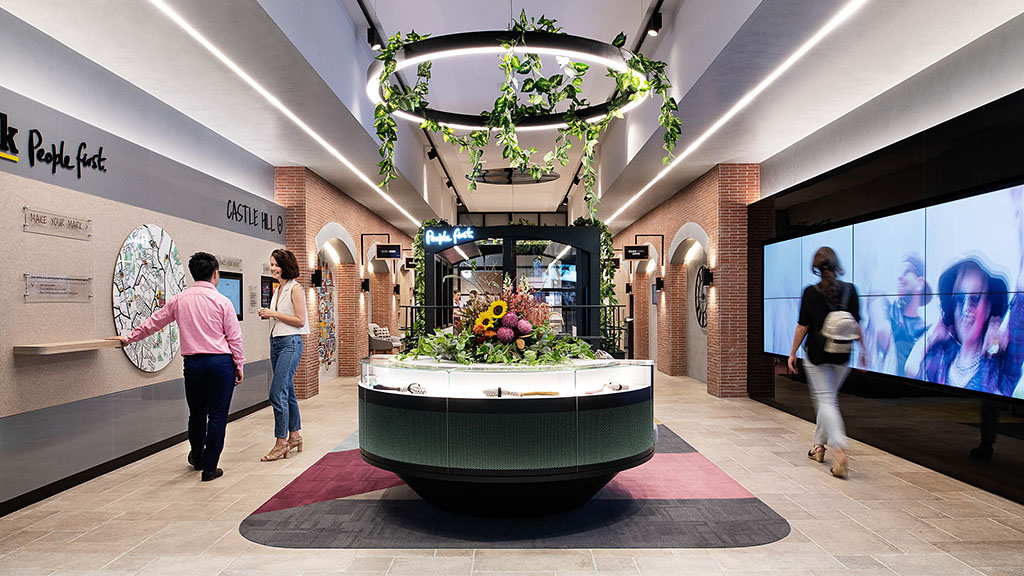
Design Forecast 2022: Retail

Trends Shaping the Future of Mixed Use and Retail Centers
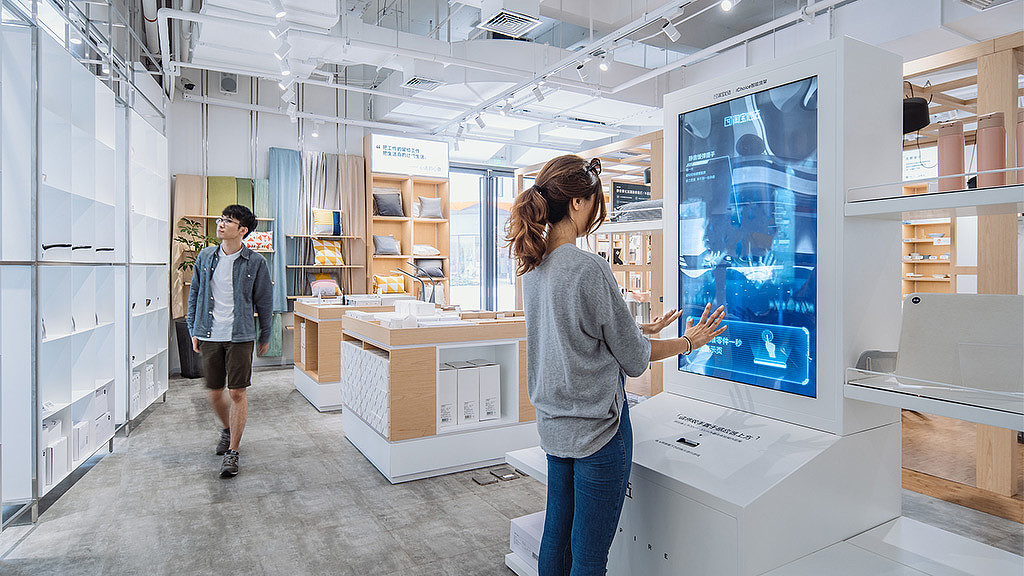
Why Digital Transformation Is Critical for Retailers to Remain Relevant
Blending, not bifurcation, is the formula for consumer engagement.
Experiences are no longer either/or; they are AND. Through the years, we’ve seen the full spectrum — from convenience to engagement, from transaction to experience. Today, brands must strike a balance and find the right blend to meet consumer needs and create relevance for physical space, also recognizing where other channels can fill gaps.
Physical-human-digital (PHD) is the baseline of consumer engagement.
As physical and digital experiences continue to blur, the intersection is increasingly important to map. Brands are investing in digital experiences that are additive in a meaningful way — introducing ease, streamlining processes, or creating connection. In many cases, a consumer’s own device is the best way to generate engagement, providing the choice to have a digitally augmented — or totally analog — experience.
Hypercuration elevates the role of physical space.
To differentiate physical space from online engagement and connect with consumers on a local and personal level, brands and retailers will edit in-store assortments to be more meaningful and relevant. Curating products based on context, location, or even personal preferences will also simplify the decision-making process, freeing up space for a greater focus on the brand and additional experiences.
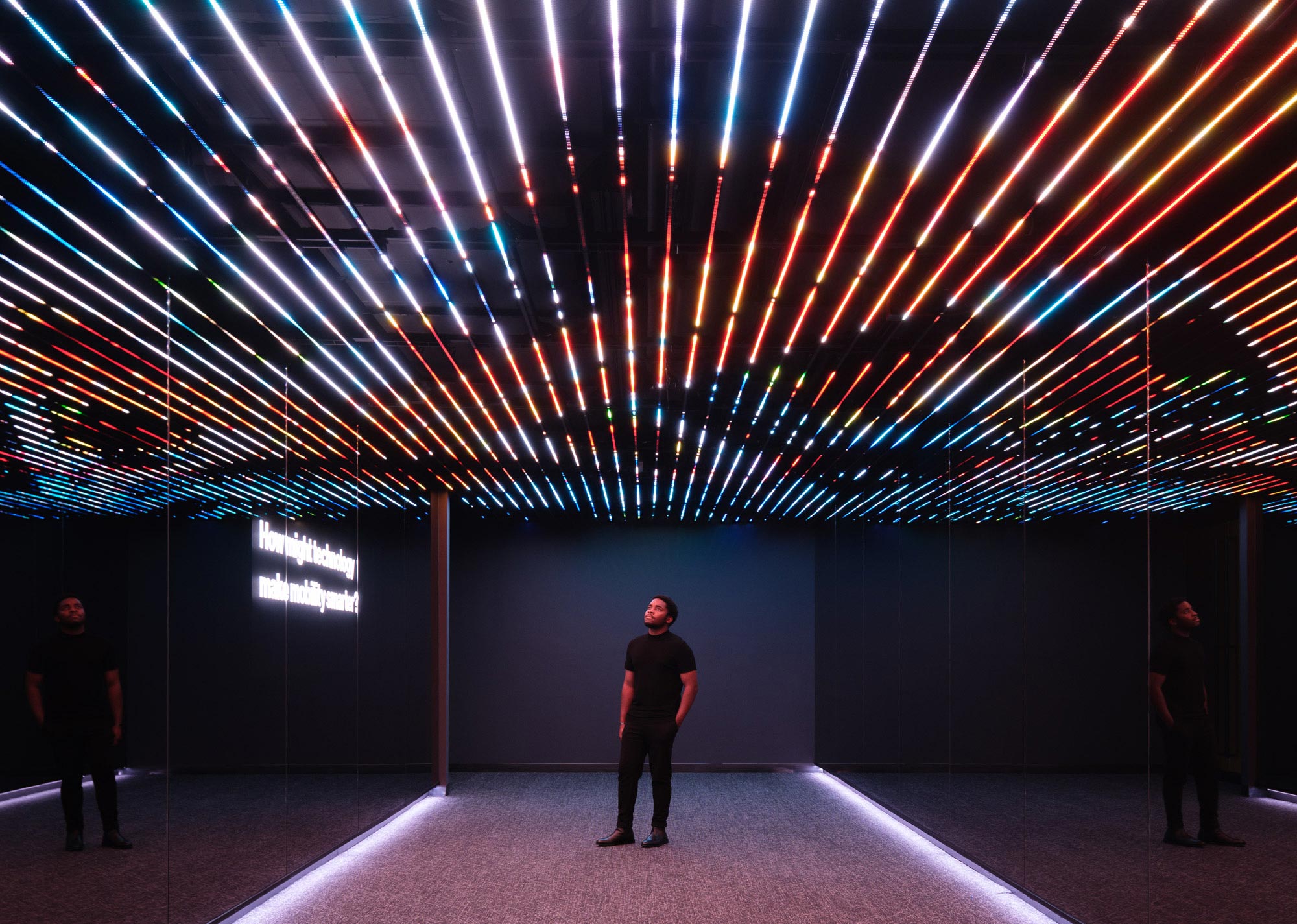

Lara Marrero
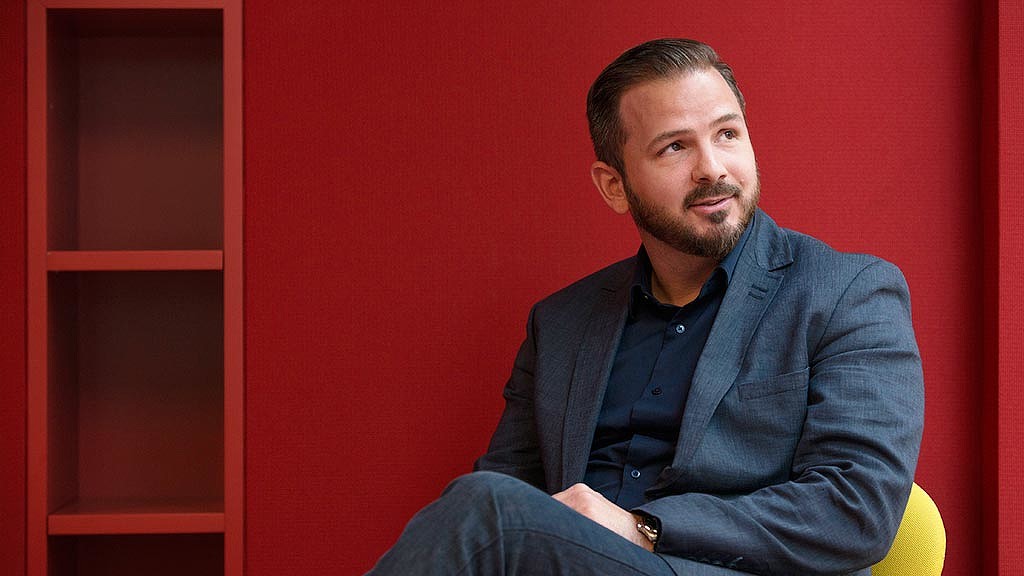
Aaron Birney
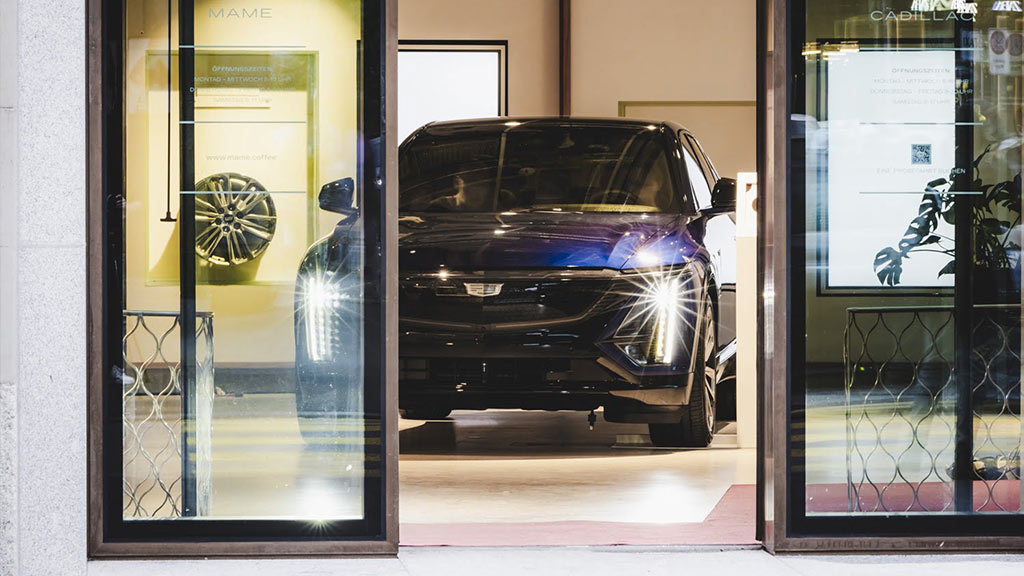
The Cadillac City Experience Center in Zurich is the Brand’s First Lifestyle Installation in Europe
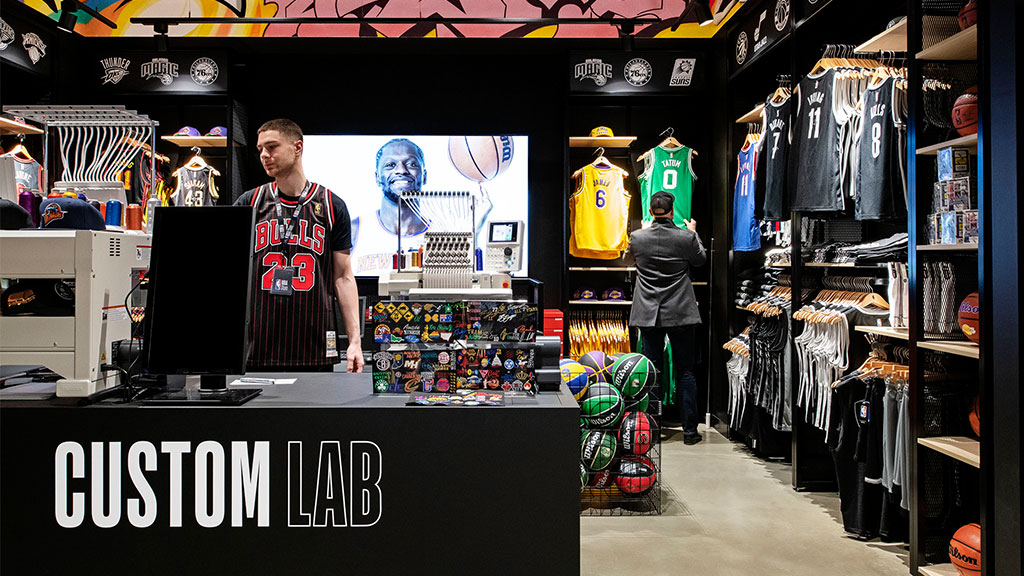
Gensler Named #1 on VMSD’s List of Top Retail Design Firms for 2023
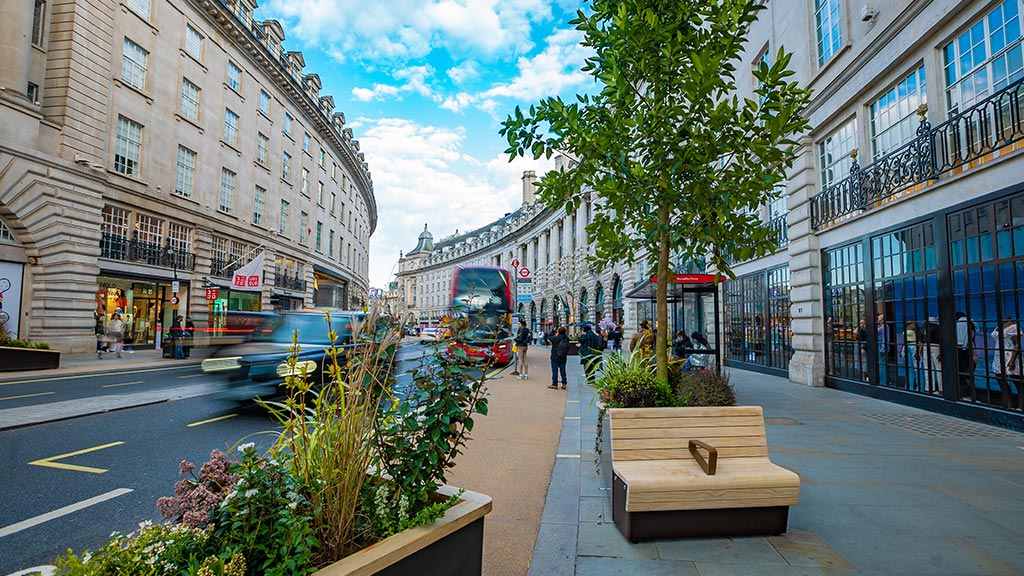
How High Streets Can Be Transformed Into Community-Centric Destinations
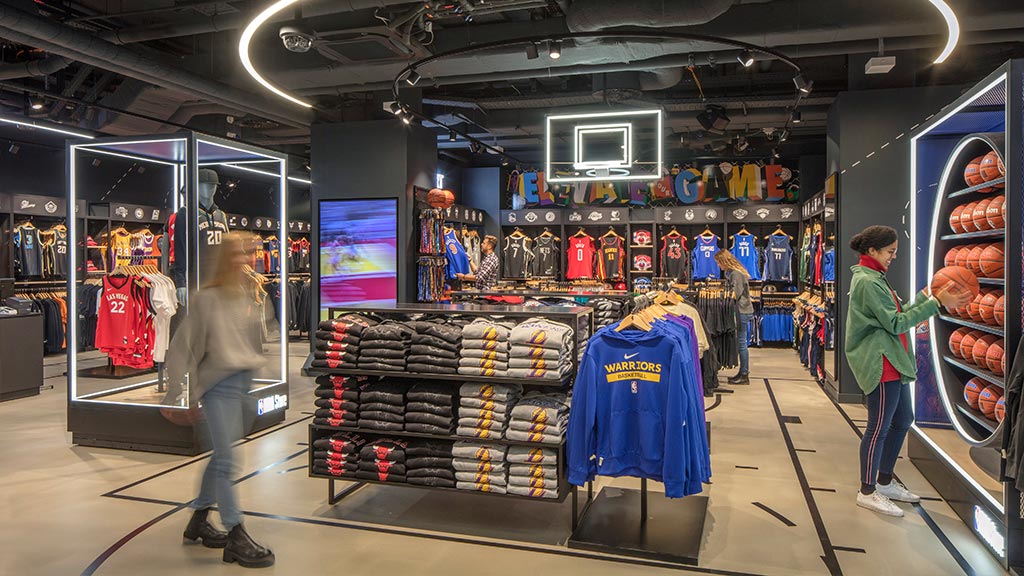
The Gensler-Designed NBA Store Berlin Creates a 360 Product and Brand Experience
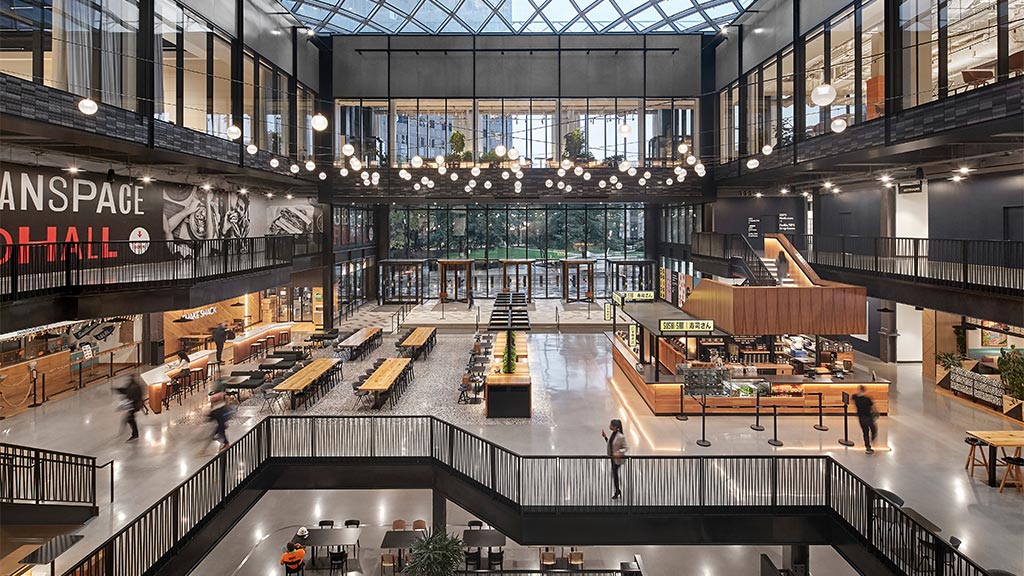
Building Design Ranked Gensler the #1 Firm on Its 2023 World Architecture 100 Survey

Gensler’s Lara Marrero Is Recognized Among RETHINK Retail’s Top Retail Influencers of 2023
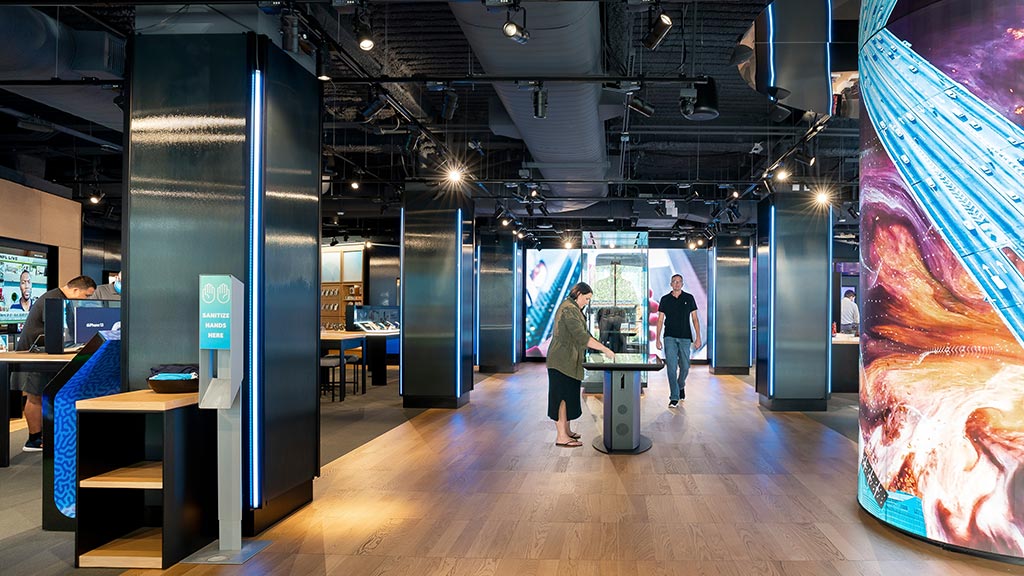
Why Leaning Into the Customer Experience Is the Key Driver of Success for Retailers

Inside Retail Asia Spotlights Richard Chang’s Career in Retail Architecture at Gensler
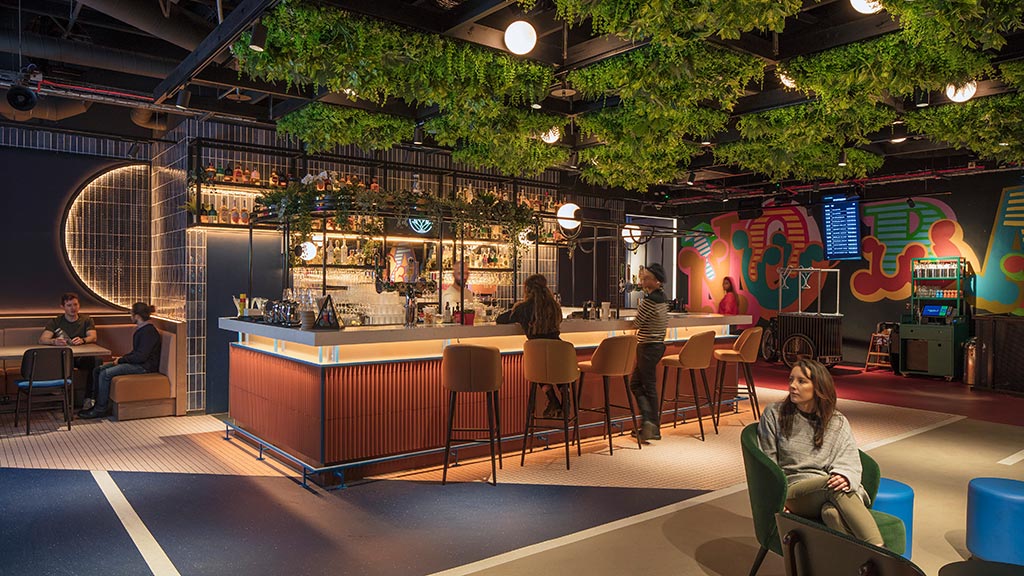
TOCA Social Wins 2022 Creative Retail Award for Best Bar and Restaurant Design

The Design Behind Real Agave — “The New Place Trending in Houston”
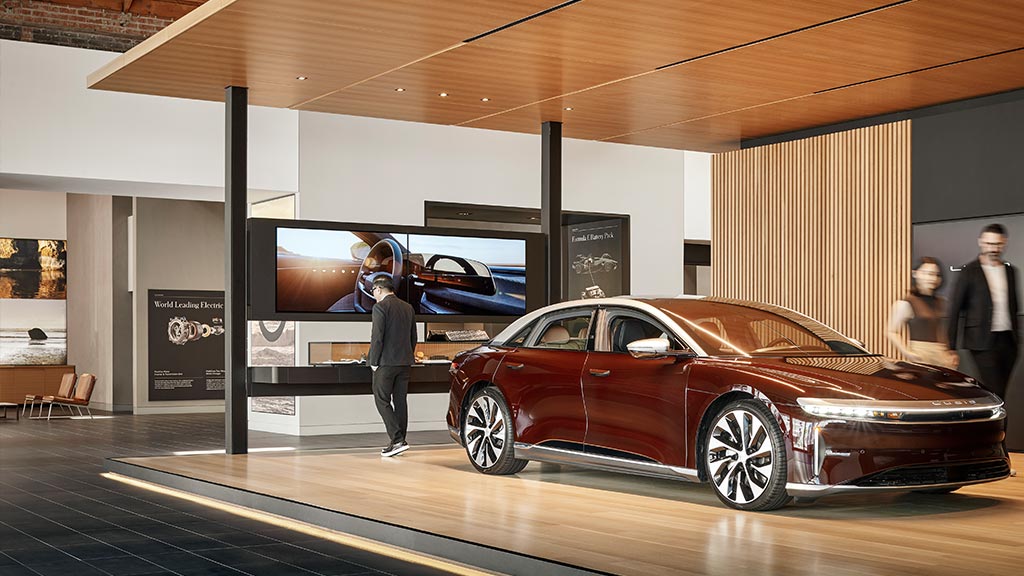
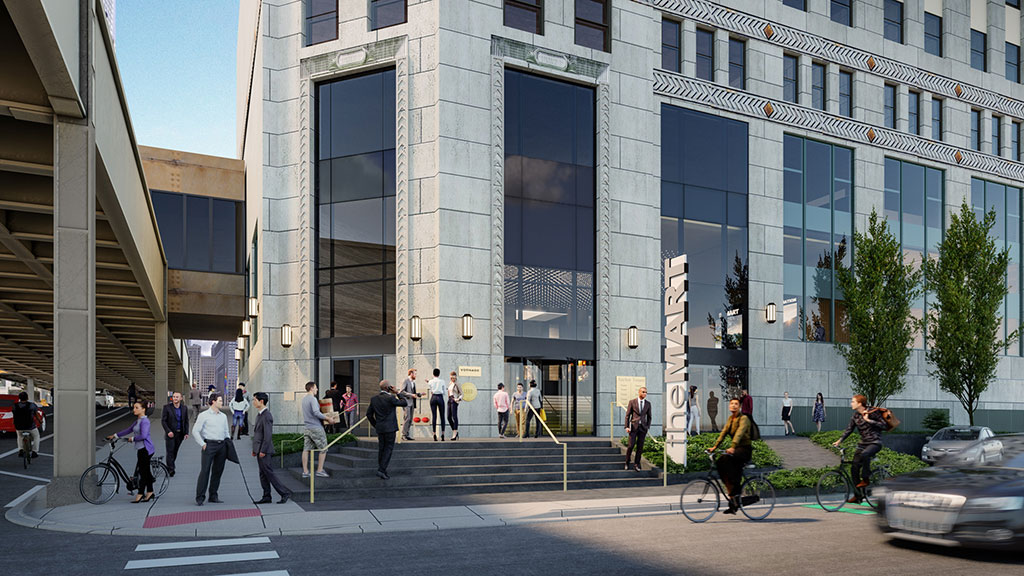
Gensler Partnered with theMART to Create a New Experience for Chicago’s Design Community
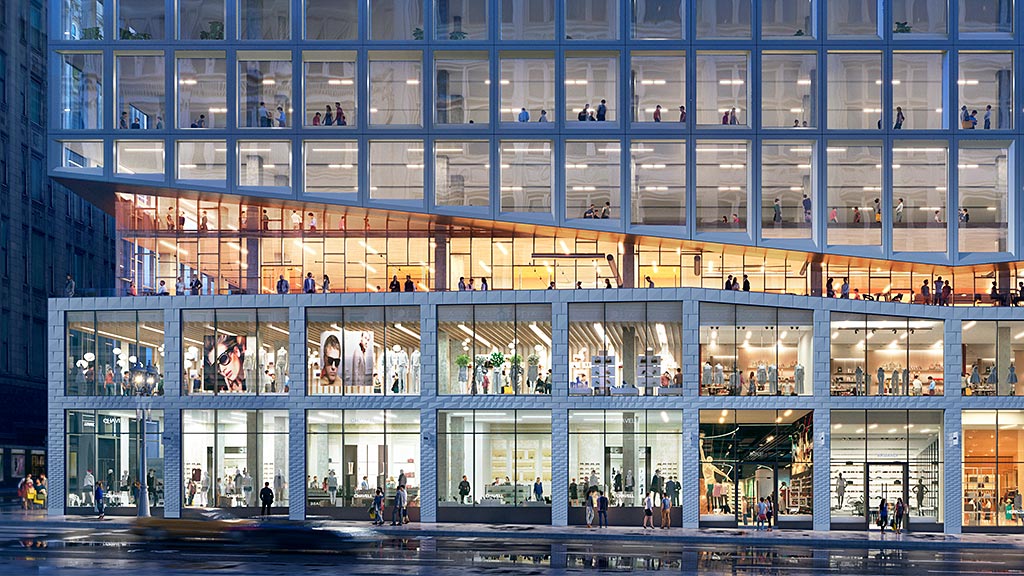
Why Brick-and-Mortar Retail Should Consider Moving Into Mixed-Use Developments

Global Retail Leader Lara Marrero on How Agility is Critical in Store Design
